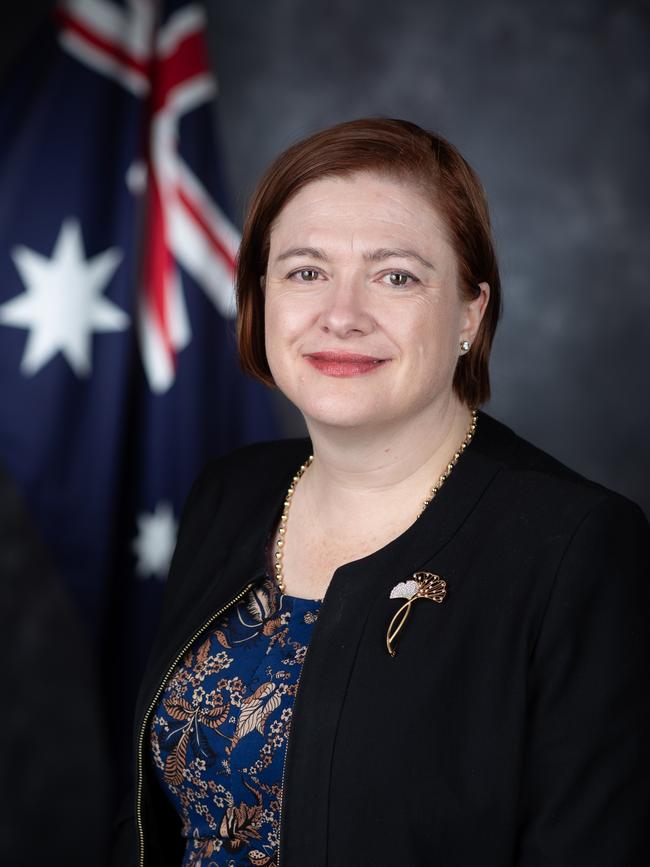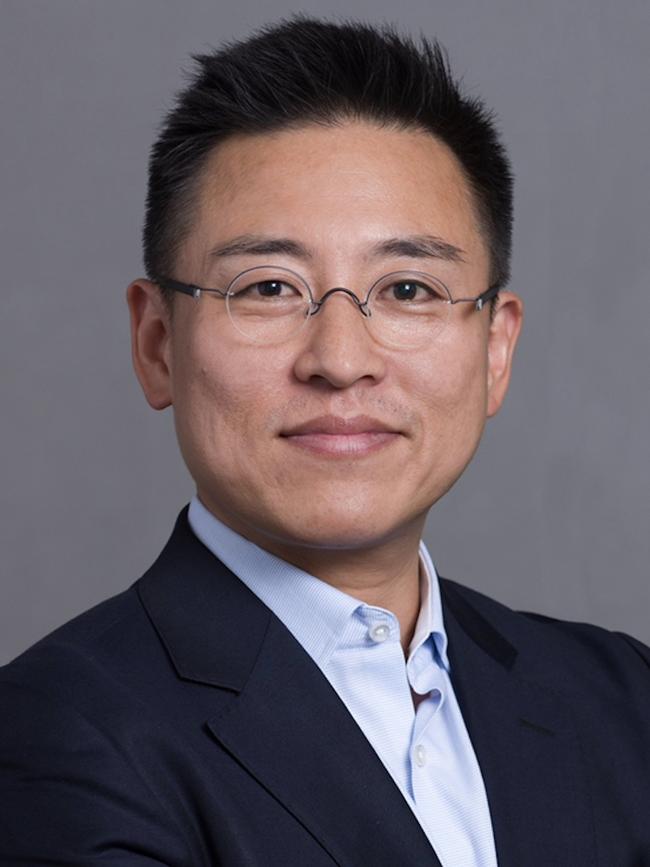AI chiefs: ADF’s plans for human and AI troop future
The Australian Defence Force has big plans for AI, where the technology can work alongside human soldiers and even operate autonomously.

The ADF is considering using artificial intelligence to analyse attacks, allowing operational commanders to assess the impact and damage a unit may sustain before moving forward.
The rapidly rising technology offers “significant potential” to militaries to improve tactical capabilities and even optimise human capability, deciding which soldiers are best placed for certain missions.
That’s according to Chief Defence Scientist, Professor Tanya Monro AC, who is responsible for overseeing investment and deployment of the technology across Australia’s military.
“In a Defence context, AI offers significant potential to assist operational decision makers in a meaningful way. AI can be used to continue or promote military advantage, enhance operational and tactical capabilities, optimise human capability and focus skilled personnel on critical areas, and spur further technology development,” Professor Munro told The Australian.
“Recent advances in AI technologies offer a range of multi-domain applications, including image understanding, support to decision making, artificial creativity, natural language processing and automation.”

Professor Monro is one of the dozens of executives and managers tasked with the adoption of AI in an organisation, with the ADF one of, if not, the most important adaptations of the technology.
AI, as Professor Monro explains to friends and family, is “the ability for a machine to conduct activity which would normally require human intelligence”.
The ADF has been looking at the technology and its impact for some time, with AI’s potential most recently highlighted in the Defence Strategic Review.
“Trusted autonomy is one of six key priorities for the Defence Innovation, Science and Technology (IS&T) program,” Professor Monro said.
The DTSG, which researches and invests into autonomous and counter autonomous systems, is one of two networks, including the Defence Artificial Intelligence Research Network (DAIRNet), which is assessing the impact of AI.
DAIRNet had a number of researchers working across multiple Australian universities with a focus on developing AI capabilities for defence. They are working on “autonomous processing and reasoning, human-AI interaction, distributed multi-domain networks, and patterns in noisy and dynamic data”.
How AI was changing the ADF was through the development of human and AI teams.
“Industry, in partnership with Defence, is developing autonomous systems to create smart human-machine teams,” Professor Monro said. “Prototyping, test and evaluation of these remote and autonomous systems is already underway.”
Australia was also working with militaries in the UK and US to trial robotic vehicles powered by AI under the Trusted Operation of Robotic Vehicles in a Contested Environment, known as TORVICE.
At big four bank Westpac, chief technology officer David Walker oversees AI and a team of 800 engineers who use the technology.
When asked how to explain the technology to a friend, Mr Walker said he brings up chatbots.
“At Westpac we’ve been using AI for several years — when you interact with one of our chatbots … that’s AI. When you ask your smartphone to navigate you somewhere in the Westpac app — that’s AI,” he said.
How the technology had changed the bank was through the major role it played in helping engineers write code.
“Over 800 of our engineers are already using generative AI, which allows them to write up to 22 per cent more lines of code per day,” he said.

It had also helped the bank pick up the fight against hackers. “We use AI to protect customers from frauds and scams, provide insights, as well as to help them have a simple and safe on-boarding experience,” Mr Walker said.
As for his 2024 prediction, Mr Walker believes productivity will surge with the aid of AI.
“We can expect to see companies advancing their productivity through improved processes in industries like healthcare, manufacturing, retail and financial services,” he said.
Banking was also about to get a lot more intelligent, as the technology helped identify more personalised product offerings.
At Accenture, the local head of AI is Huw Kwon, who is also head of the company’s Centre of Advanced AI.
“AI is conceptually quite easy to understand. You have something to make it more efficient, you get the data and train a mathematical algorithm and then you use it,” he said.

“Over the past 20 years, if I had explained it like this to a client, family or friends, I’d see they’d have a glaze in their eyes but wouldn’t really get it.”
This has now changed as the world had entered an era of what Mr Kwon calls “experiential AI”.
“What I think has happened is AI has come up close and personal. For the first time a layperson can experience what AI does, either by asking a question or getting it to talk back to them or seeing it generate images,” he said.
“This is significant because AI has come out in a humanised way.”
How AI has changed work for Accenture was via an internal large langue model the company calls AI Navigator.
Mr Kwon’s prediction for the year is not so much about AI itself, but data.
“An AI algorithm at the end of the day is a few lines of mathematical code. Without proper data and a strong data foundation, it is absolutely nothing and cannot do anything,” he said.
Mr Kwon believes data is going to become even more valuable, companies are going to do more to capture it and there’s going to be a lot of investment in data structure and foundations.
Read more from this series: Managers, AI can write your staff roster – and it won’t mess it up







To join the conversation, please log in. Don't have an account? Register
Join the conversation, you are commenting as Logout